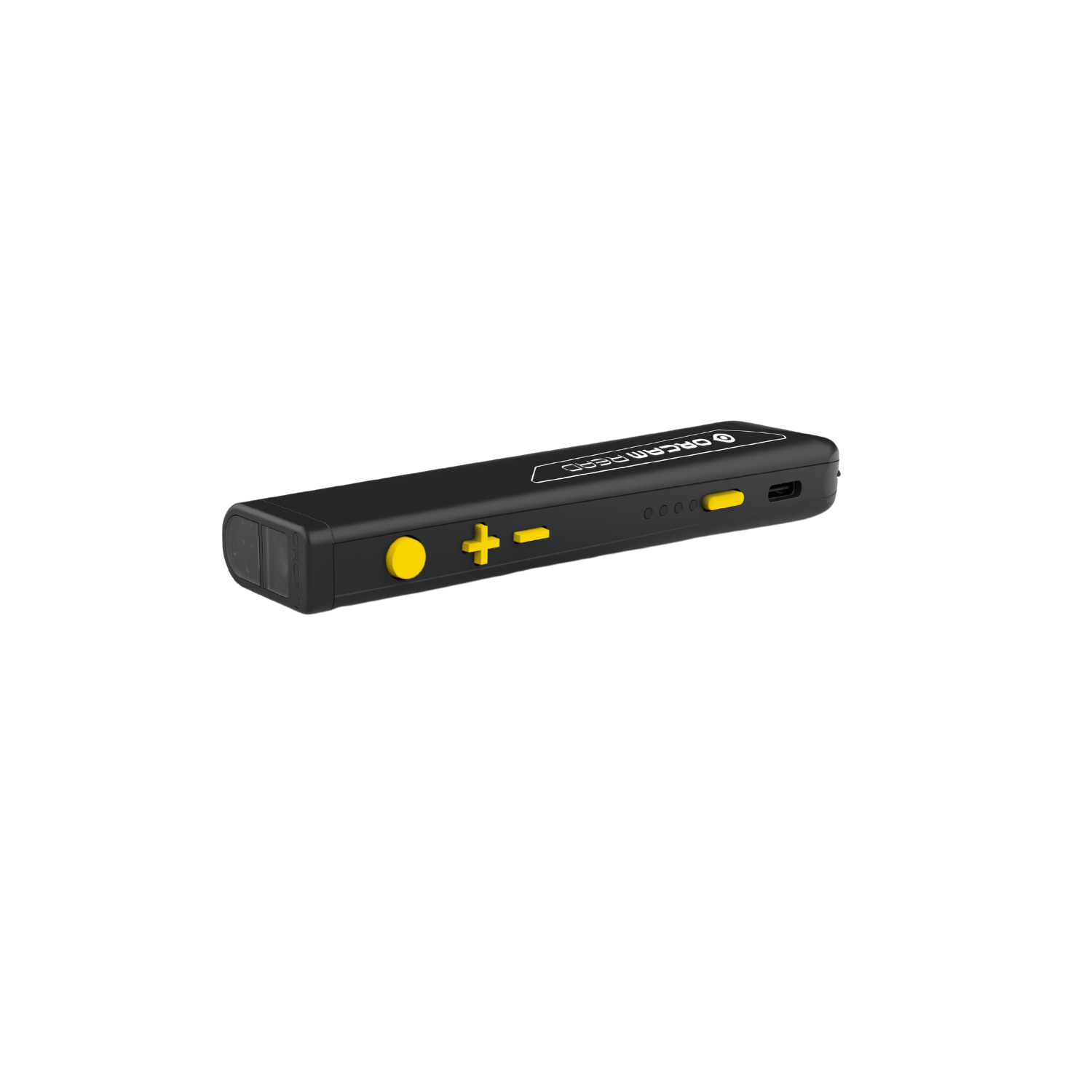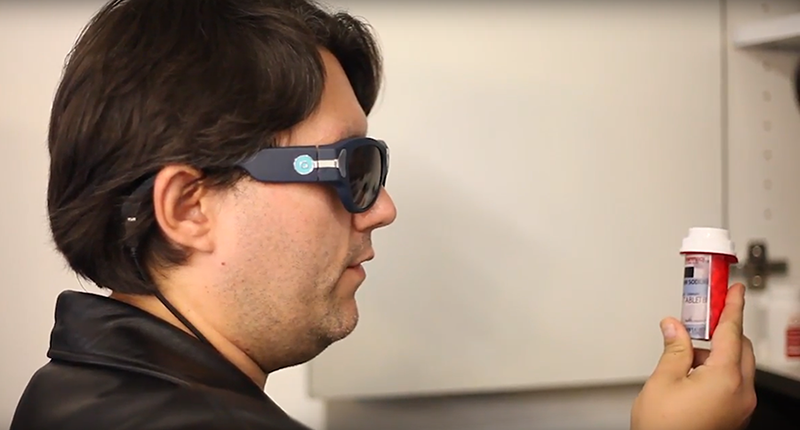Speech-to-Text Devices for Low Vision: Enhancing Ease of Use
Wiki Article
Empowering Independence With Assistive Technology for the Blind
The assimilation of assistive modern technology right into the lives of individuals with visual problems represents a considerable advancement in advertising independence and self-sufficiency. From innovative screen visitors to sophisticated clever walking sticks, these devices not only improve daily navigating and communication however additionally empower individuals to engage meaningfully in various facets of life. As we discover the myriad benefits and real-world applications of these innovations, it ends up being essential to check out the underlying aspects that contribute to their performance and the potential for future developments in this essential area.Summary of Assistive Modern Technology

The advancement of assistive innovation is grounded in principles of inclusivity and empowerment. Technologies in software program, hardware, and sensory improvements provide individuals with options customized to their details requirements. From display readers that convert text to speech, to tactile tools that convey details via touch, these tools change the method individuals engage with their environments.
In addition to useful applications, assistive technology promotes better social incorporation and involvement in various fields, consisting of education and learning and employment (OCR devices for the blind). As study and development remain to develop, the possibility for assistive modern technology to further boost the lives of aesthetically damaged people continues to be promising, leading the way for a much more fair society where everyone can thrive
Sorts Of Assistive Tools
A selection of assistive gadgets have actually emerged to support individuals with visual problems, each made to satisfy certain demands and boost day-to-day performance. These tools vary from low-tech solutions to high-tech advancements, giving varied alternatives for users.Low-tech devices consist of magnifiers and large-print materials that help in reading and writing. Braille tools, such as Braille slates and styluses, allow tactile analysis and communication. Positioning and wheelchair aids, like white canes, help customers navigate their atmosphere securely.
On the greater end of the spectrum, electronic magnifying systems and display readers use significant assistance. Electronic magnifiers allow individuals to expand message and photos on displays, while display visitors transform digital content right into manufactured speech, facilitating accessibility to info on computers and smart devices.
Mobile phone applications also play an essential duty, giving functions like text acknowledgment and navigation aid. Wearable technology, such as wise glasses furnished with augmented fact, is becoming an appealing device to improve situational understanding.
Advantages of Assistive Innovation
The assimilation of assistive technology substantially enhances the top quality of life for people with visual disabilities. These technologies equip individuals by advertising freedom, allowing them to navigate their atmospheres better and perform everyday tasks with greater simplicity. Screen viewers and magnifying software allow individuals to gain access to electronic info, cultivating academic and professional chances that may have previously been out of reach.Additionally, assistive devices such as smart walking canes and general practitioners applications provide real-time navigating help, boosting wheelchair and safety. This boosted autonomy not only boosts self-worth yet likewise encourages social engagement, enabling users to take part more completely in their communities.
Assistive technology also facilitates interaction, assisting individuals attach with others through voice acknowledgment and text-to-speech applications. This capacity is important for maintaining relationships and accessing crucial details.
Furthermore, the customization options offered with many assistive technologies ensure that individuals can customize gadgets to their particular demands, further boosting functionality and effectiveness. On the whole, our website the advantages of assistive innovation for people with aesthetic impairments are extensive, advertising a more comprehensive society where everyone can seek their goals and aspirations.
Case Research Studies and Success Stories
Highlighting the transformative effect of assistive technology, various situation researches illustrate how individuals with visual disabilities have actually successfully integrated these tools same day prescription glasses into their lives. One compelling example includes an university student that made use of display reading software to navigate academic materials and online resources efficiently. This innovation not just promoted her education however also enhanced her self-confidence in joining discussions and group tasks.Another study includes a professional who uses a smartphone application created for navigation and item recognition. By using this application, he has actually regained autonomy in both his individual and workplace, allowing him to commute separately and involve with associates much more effectively.
Additionally, a retired person shared her experience with braille e-readers, which allowed her to access a substantial selection of literature and remain gotten in touch with her neighborhood with book clubs.
These success tales emphasize the vital function of assistive technology in fostering independence, enhancing quality of life, and promoting social assimilation for individuals with visual disabilities (Mobility aids for visually impaired users). By embracing these ingenious tools, individuals can conquer obstacles and take opportunities that add to their individual and expert satisfaction

Future Patterns in Assistive Technology
Innovation in assistive technology is poised to redefine the landscape of support for individuals with visual impairments. Emerging patterns highlight the integration of artificial intelligence (AI) and artificial intelligence, which enhance the functionality of gadgets that help with navigation and info ease of access. AI-driven applications are currently capable of interpreting aesthetic information in real-time, making it possible for individuals to engage with their environment extra individually.In addition, the development of wearable innovation is advancing quickly. Smart glasses outfitted with augmented reality (AR) can provide audio descriptions of surroundings, changing exactly how individuals interact with public areas. These tools not just advertise freedom but likewise foster social addition.
In Addition, the Web of Things (IoT) is making homes smarter, permitting seamless connection in between daily devices and assistive gadgets. This connectivity empowers individuals by allowing computerized responses and voice-activated controls tailored to specific needs.
Conclusion
In conclusion, assistive technology plays a pivotal duty in encouraging people with aesthetic problems by boosting their self-reliance and involvement with their environments. The varied series of tools and applications readily available not just promotes navigation and communication yet also advertises social integration and possibilities for personal and specialist development. As advancements proceed in this field, the possibility for boosting the high quality of life for those with aesthetic problems will certainly expand, cultivating better autonomy and empowerment.
Report this wiki page